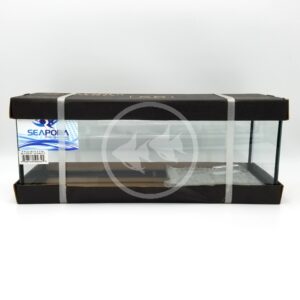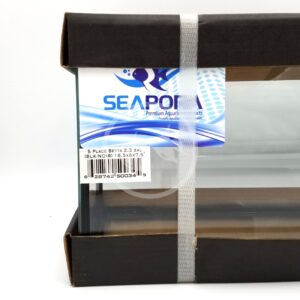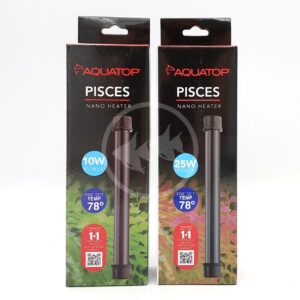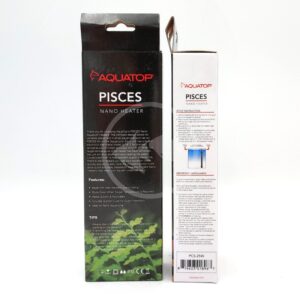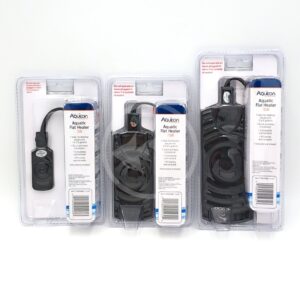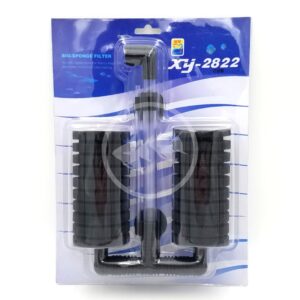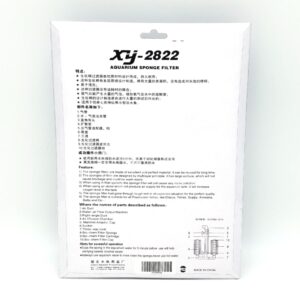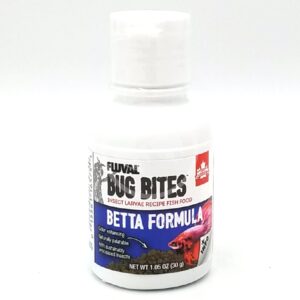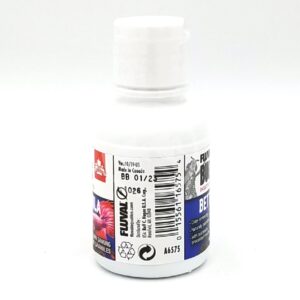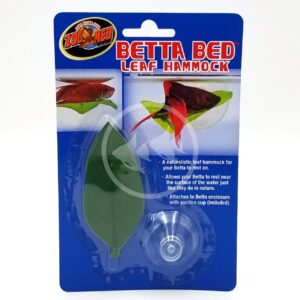Betta Fish Care
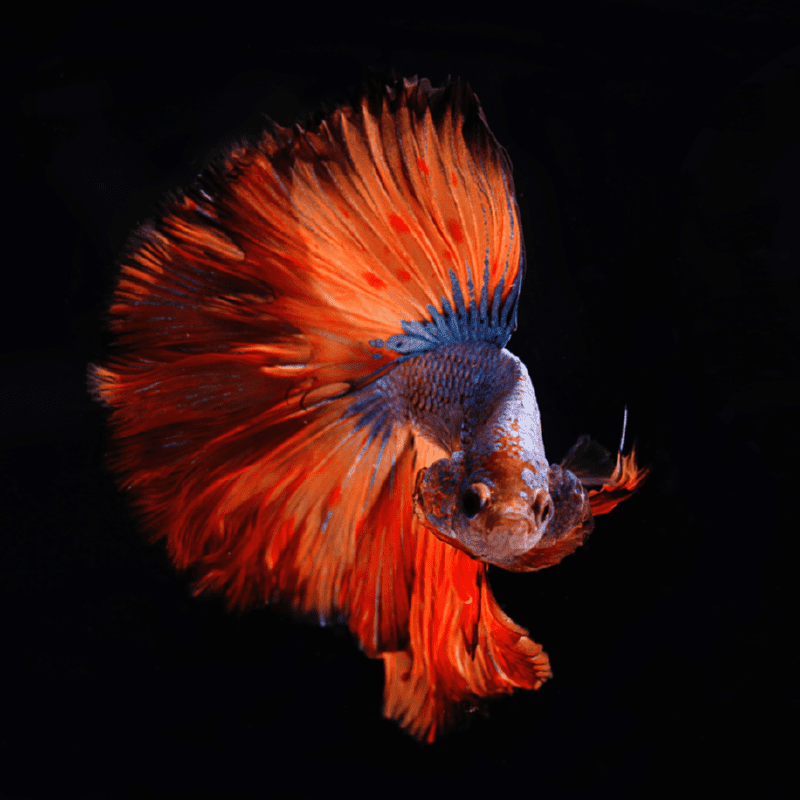
– SIAMESE FIGHTING FISH –
Originally kept in the Far East as part of a betting sport, Siamese Fighting Fish (scientific name Betta splendens) have been kept and selectively bred in aquariums since the early 19th century. In modern times, the focus has been coloration and extended, even bizarre – fins, rather than aggression, resulting in some amazingly beautiful fish that are quite easy to care for.
CAN I KEEP THEM IN A BOWL?
Overall, yes. While they stay small, the main reason bettas can survive in a bowl environment (i.e., no filtration or aeration) compared to goldfish is because of their physiology. Bettas belong to a group of fish called labyrinth fish; they have a special organ that allows them to breathe air from the surface of water. While our bettas are displayed in very small bowls, we recommend a larger bowl for long term success. Given additional space (e.g., a few gallon aquarium), and aeration, a betta’s behavior may be a lot more exuberant and engaging!
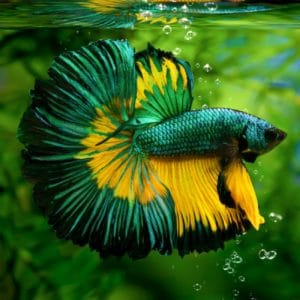
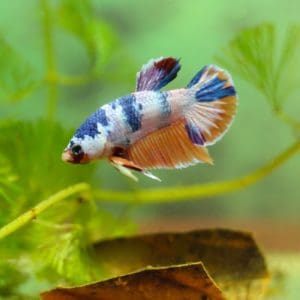
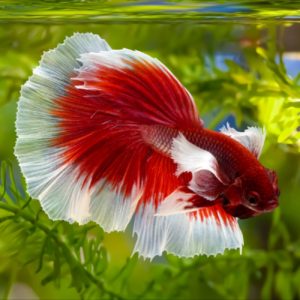
AQUARIUM SIZE
With careful feeding and frequent water changes, a betta could probably live its entire life in as little as a pint bowl – but that’s just a testament to how durable and tolerant they are. Ideally, bettas would like a lot more room: at least a gallon, or better yet three or five gallons. In addition to more elbow room, a larger container provides a more stable environment, and more easily allows for filters and heaters if needed. There are dozens of styles of “mini tanks” that would make excellent homes for a betta.
TANK MATES
Generally, bettas prefer to be alone, and some vigorously enforce that by harassing any other fish or animal in sight. Others cower or fail to compete for food when kept with active or aggressive fish. Some hobbyists report consistent success keeping unrelated, smaller peaceful fish. It should go without saying that keeping two male “Siamese Fighting Fish” together is virtually impossible, and even a male and female rarely get along for more than the few hours it takes to spawn.
TEMPERATURE
Bettas prefer a temperature between 78-80 degrees Fahrenheit, but can adjust to temperatures in the lower 70s. Any temperature below this is not recommended and a heater may be required to maintain optimal temperature. A heater is also suggested for rooms where temperature fluctuations are common, as this can lead to stress of the betta.
FILTRATION & AERATION
Filtration is not required if consistent, routine water changes are performed. Because bettas are labyrinth fish, they also do not require aeration but would appreciate it. Aeration allows for better gas exchange, in addition to a handful of other benefits for the health of the aquarium. An air pump with an air stone would accomplish this!
AQUATOP PISCES NANO HEATER
Price range: $18.99 through $19.99AQUEON FLAT HEATER
Price range: $11.99 through $14.99DECORATIONS
Like most fish, bettas often take interest in their surroundings, and are more fascinating to watch as they interact with various items of décor. They seem especially comfortable hanging under floating decorations like live or artificial plants, but sometimes make use of cave-like structures on the bottom as well.
FEEDING
Bettas have a fairly high metabolism, especially when kept in their optimum temperature range. They also have a digestive tract suited for processing an insect here, an insect there, all day long. So, ideally, a betta should get several tiny meals per day of a fairly high protein diet. There are many such betta formulas readily available, and that should be the mainstay of the betta’s diet. Special treats like freeze-dried bloodworms or frozen or live brine shrimp are also appreciated. Whatever the meal, bettas usually eat their fill in a minute or less; any uneaten food should be removed promptly, and an adjustment made to the size of the next feeding. Poor water quality due to decaying excess food is among the leading causes of poor health in aquarium fish, including bettas.
ZOO MED BETTA BED LEAF HAMMOCK
Price range: $2.99 through $3.99WATER CHANGE
Like most tropical fish, bettas thrive on regularly scheduled water changes. In filtered tanks of two gallons or more, weekly 30%-50% partial changes or bi-weekly changes should suffice. In smaller unfiltered tanks or fish bowls, weekly changes of 100% are often the standard. Care must be taken that the new water is dechlorinated and of similar temperature, especially if complete changes are being performed. For unheated fish bowl setups, a container of water should ideally be set aside after each water change to achieve room temperature in time for the next change.


